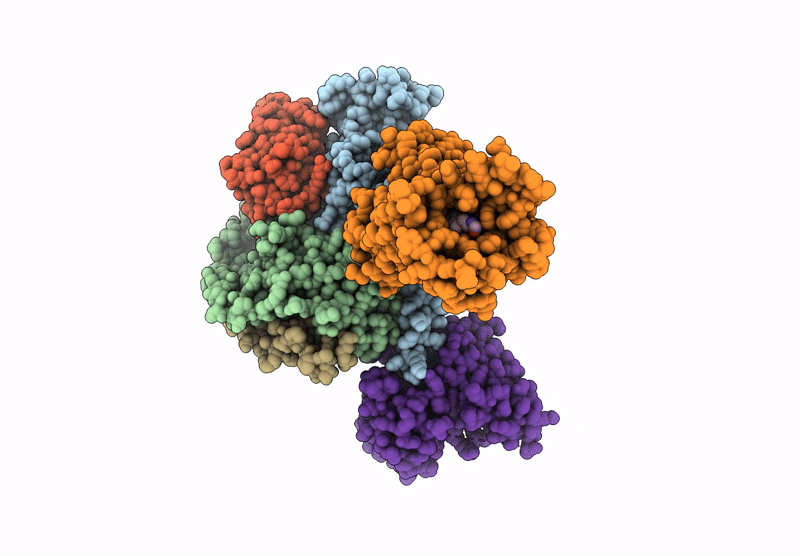
Deposition Date
2025-05-20
Release Date
2025-07-02
Last Version Date
2025-11-05
Entry Detail
PDB ID:
9V2N
Keywords:
Title:
Macimorelin bound growth hormone secretagogue receptor in complex with Gq
Biological Source:
Source Organism:
Homo sapiens (Taxon ID: 9606)
Lama glama (Taxon ID: 9844)
Escherichia coli (Taxon ID: 562)
Mus musculus (Taxon ID: 10090)
Lama glama (Taxon ID: 9844)
Escherichia coli (Taxon ID: 562)
Mus musculus (Taxon ID: 10090)
Host Organism:
Method Details:
Experimental Method:
Resolution:
2.63 Å
Aggregation State:
PARTICLE
Reconstruction Method:
SINGLE PARTICLE


